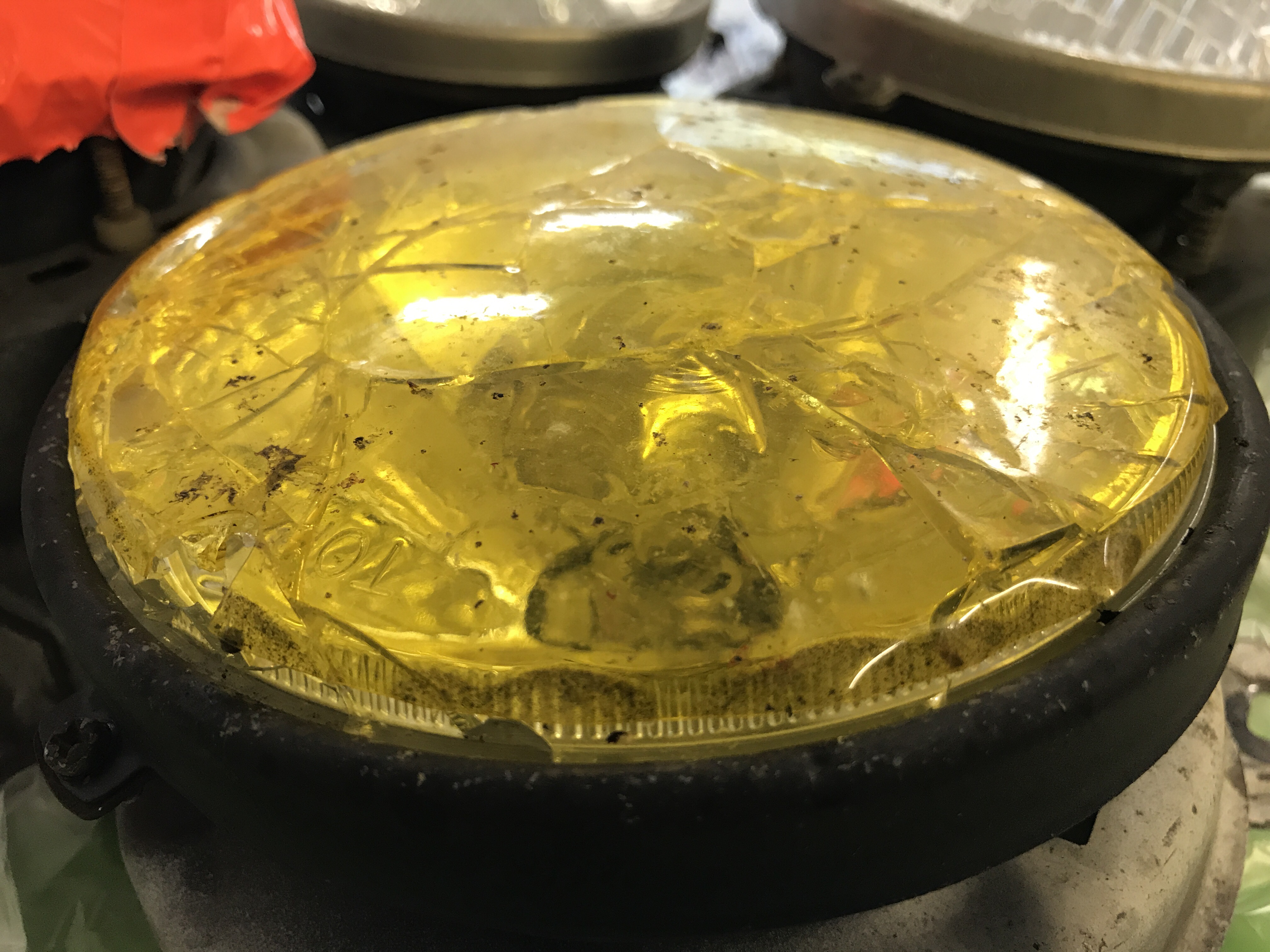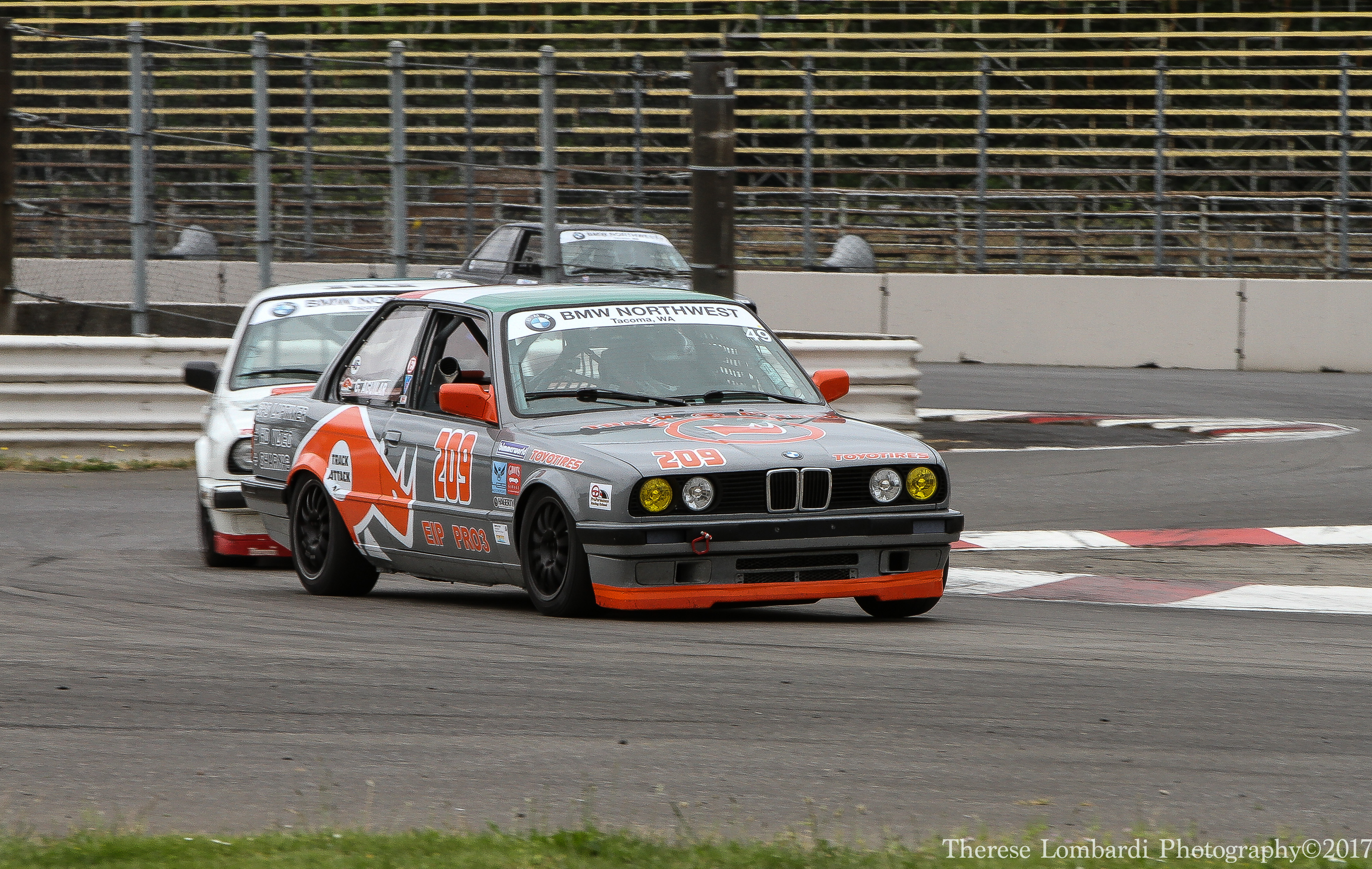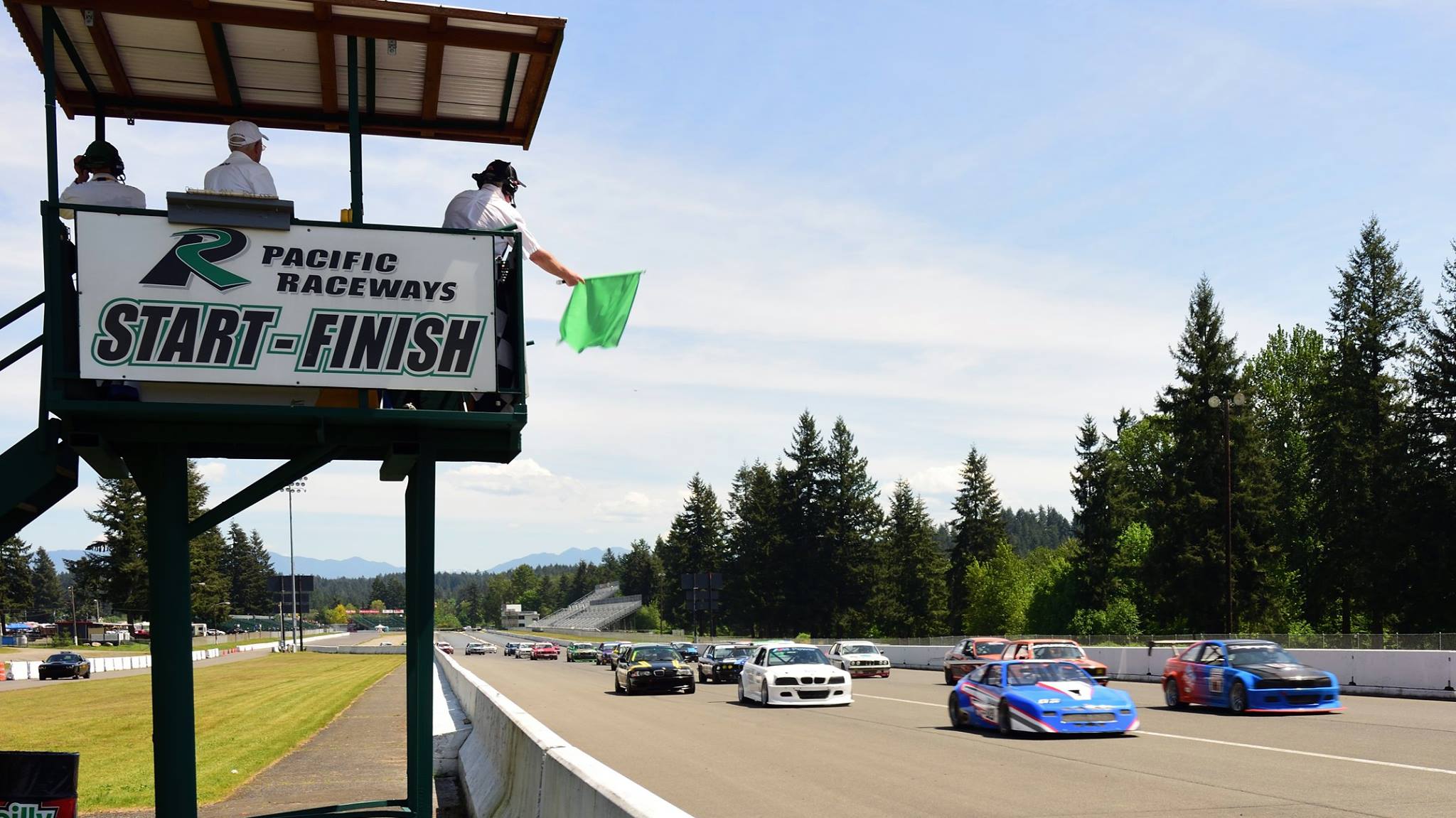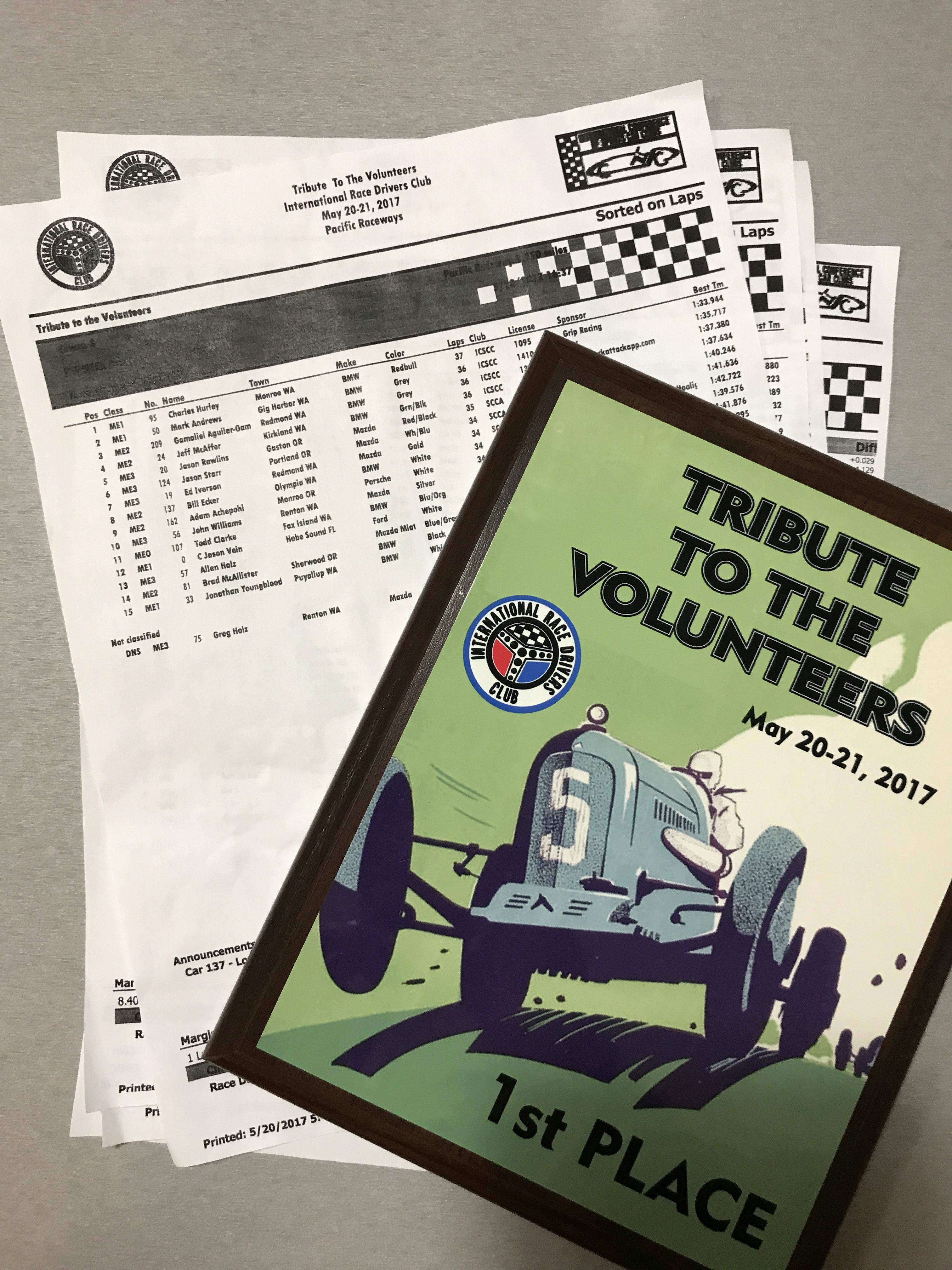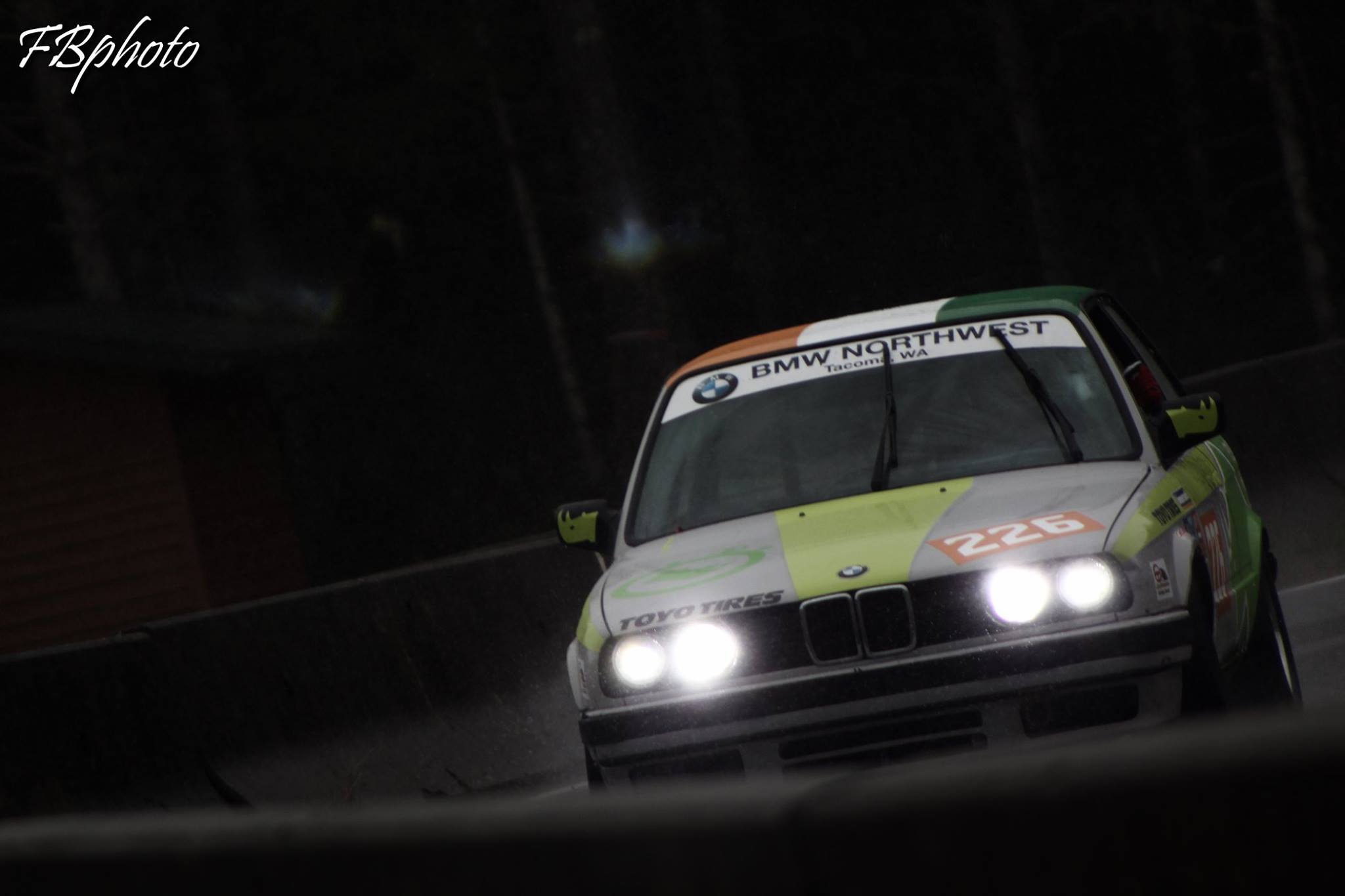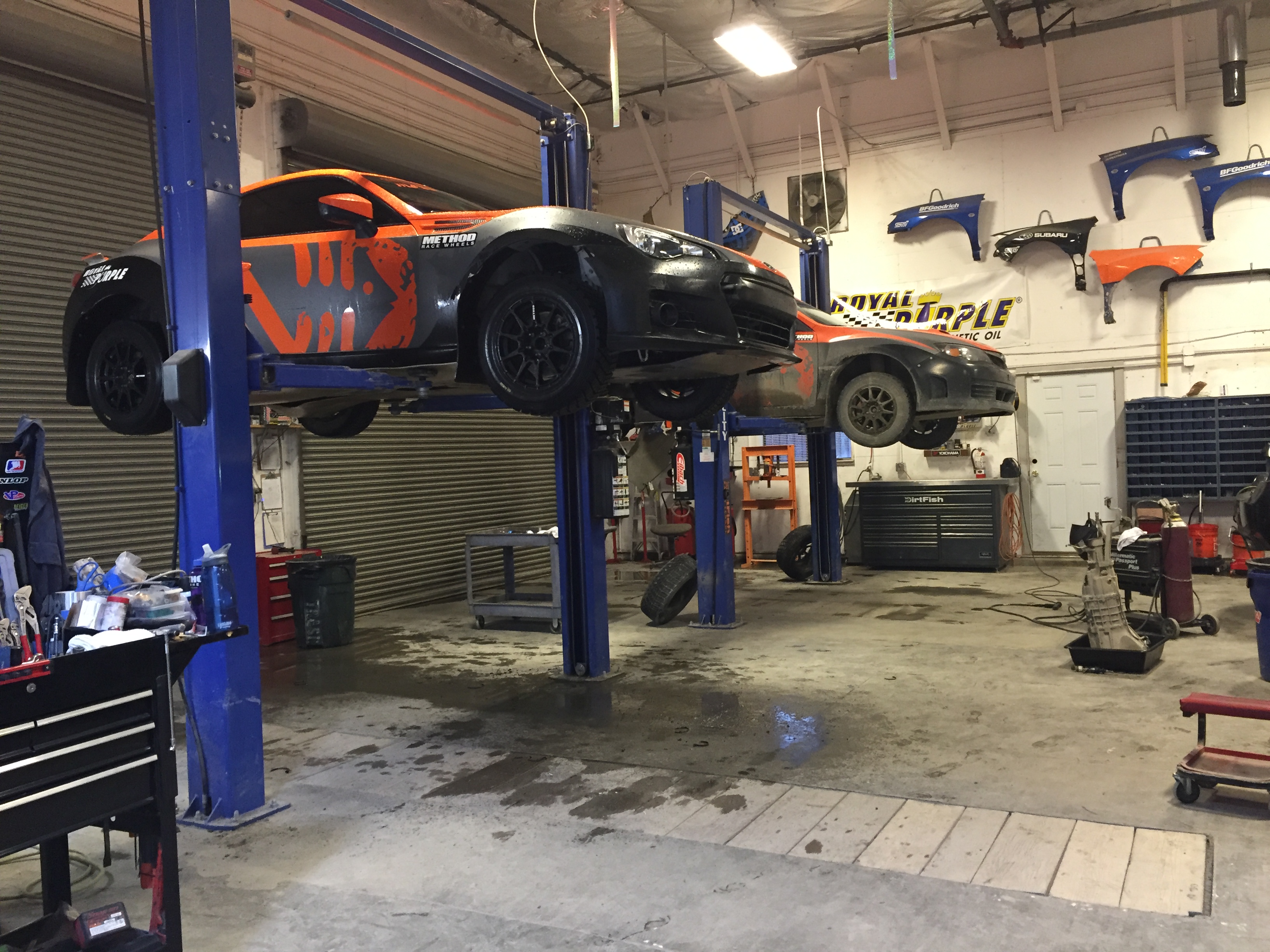

What: Things you should do after a session and a day/event to help you get faster, keep your car running well and safe!
If I knew then, what I know now: I would have learned how to review and teach data early on in my driving and racing career. No other aspect can make such a drastic change in speed of the car and driver.
Post track or race weekend activities are or at least, should be part of the process. There is are many things to think and consider after you are done with your event. The same trains of though will transfer to whatever you are using as a vehicle. There are both personal and mechanical things you want to pay close attention to after your even. As I have gotten older, and been around the race track more I have learned that there is a full circle process for every event.
Post-Session starts well before the session – get in the right mindset. A learning mindset.
Start with your pre-event inspection, do the event, then debrief and do a post-day inspect. It is great time to learn about yourself and your equipment. A track day should be considered a learning day.
Even if you are not with an instructor, and have done many days before, you should always be learning and absorbing. I have come to some of the best revelations in the hours and days after an event that have helped me be better at driving, as well as managing cars and equipment in the pits and paddock when I am crewing for the weekend.
Track days cost money so you should want to maximize your value and smiles per mile. I will go through some of the things to consider post event, as well as some things I have learned, even recently.
Your New Post-Event Checklist:
- Thank the organizer and those who volunteered their time to make the day happen!
- Inspect and load up your stuff. This is an important step! It seems like it is busy work, and you will be tired. But being clean and organized when packing up will pay off on the other side, I promise.
- Wipe your car down and clean it up before loading up on a trailer or driving home. I’ve been doing this lately with our PRO3 cars because it does a few things:
- It gets the tires and bugs off before they have a chance to harden up.
- You are close to the surface of the car, and can see if there was contact with another car, the ground, flying debris… its racing, expect something weird to come up.
- You also get a good chance to get it back into the trailer and if you rub against it later it does not soil you with dirt (brake dust mostly).
- You can take a look at all of your wheels and tires and make notes if you have cords showing, need to swap a tire side to side, or have an issue with one or more of the wheels. A wheel can crack pretty easy if it is not a forged wheel.

- Check your video and data and make sure you have everything downloaded and set up to review later. Data review is a major tool for driver education and video is a big part of that as well. Depending on what you are doing, how far along you are and what type of vehicle you are using, data and video may or may not be an option.
We went karting the other day after the Pro3 race ended, and I have been watching video from that. We were not taking it serious, but we are all skilled, and have been around racing for a long time. We were going pretty hard, and I was able to learn some things reviewing video just the video.
That being said. I went and rode a dirt bike in the wild the other day for the first time, and I had no video or date to review. I used memory. There were many lessons of that day, and I have had to recall them one at a time. I went from riding in the yard, to doing multiple laps on the full GP/enduro course with a few hours of riding. Thinking about what did and did not work for me. Tips from those I was with (which was the biggest help for me that day) and memory of the events unfolding yield a vivid memory of what you can focus on for your next event. One of the things I try to practice any time we go use rental karts is to work with traffic, both quicker and slower than myself.
I have had video from the last dozen or so times I have done, and it has helped a ton. I can manage traffic much better now without loosing much speed. Having data and knowing how to read and interpret that information will be the single biggest teacher for driving a car. Gama has been 1 second quicker at both tracks we have raced at this year from last year – and his car is the same. He has been spending lots of time reviewing data, video and training.

- Review and inspect your equipment/tools. You will want to know what is what, before you unload the car for the next event. As I mentioned before, I like to get the car cleaned and then loaded before we even get back to the shop. Once we get everything back to the shop it is time to go over your notes from post session issues, as well as from clean up and loading of gear.
- Clean wheels and tires of tire poopies. Tire shops really appreciate not having to deal with clumps of tire when trying to balance a wheel. You can carefully check wheel and tires for issues at that time.
- Check your other equipment and spares situation. You may not have broken something, but someone else may have and you may have loaned something you had. Keep track so you can replace it even if it was a give away item from your spares. Making good notes on all of this stuff will save lots of time when you need to order brakes, tires, fuel and the like for your next event.
- Making sure the trailer is prepped for the next event; spare tires and parts, tools, tents will make load in much easier for the next event. Just this past week we found that the batter tray in Manu’s Pro3 car had been ripped out by an impact from the car being off track during the last race out. It ended up stalling the car for this past race, but we did not send him out with a 80-lb cannon ball in the trunk of the car rolling around. So win there. We are going to correct the issue, and take the chance to freshen up some of the 10 year of add-on wiring that has collected in the car. This is why we check stuff, better to be safe and sound, than risk ANY thing or anyone out at the track. Remember step one! Most of the people keeping your safe are donating their time. Don’t endanger them!
- Check yourself. How did you feel at the end of the day. Were you tired? Did you have a headache on the way home? What did you eat for lunch? Taking care of yourself starts at knowing how you feel after your event. It sounds silly, but just stop and think about how you feel after your event. Even as your are driving home. What did you recall. If you cannot recall much at that time, then something is up. If you have a headache on the way home. It was not the fumes. You are dehydrated. If you are starving, your meals of the day, and days prior were not properly set up. Be very honest with yourself in this regard.
You won’t always be perfect but having this checklist will help, even for the experienced and pros.
Non of use Racers on Rails are pros, and we all make errors. The idea here is to find and share as many ways, in as many aspects as we can to help minimize yours. Just this year alone, I have been working hard and am in the best shape of my life. I have been mindful of food and drink, sleep and physical effort.
Our first race weekend was the 6 hour enduro. It was cold. and wet. We had a hell of a time with the weather during the day. We went into the race a little but “whatever” and it showed. The whole day I never drank any water and barely ate. We had our first stop which was all but a calamity, and I about lost my mind on our crew for being so sloppy. We weren’t that sloppy. I was just hangry. The next day I was trashed. I had a bad headache from being dehydrated. I was a mess. I have been racing, and endurance racing for 12 years. I know better. So I re-counted the day. What happened? What did I do?

I started the day with wet feet at 07:30. Never drank so much as a bottle of water all day. Did not eat much – there was no concessions at the track due to low turn out and weather. It was just so cold and gross. We, me specifically. Never even thought about it till it was much too late. Lesson learned. You can also determine if you are driving yourself tired or not as well. Driving or being on a bike can be taxing on your mind. It will happen and you wont even realize it. We have found that most of our mistakes on test and track days happen in the later half of the day. Brain capacity and function starts to slow down, like it or not. Again. We are not pros (and even the pros struggle with this stuff too)!

Be sure to add post event check list stuff to your weekend round up. It is important stuff. You can get the jump on cleaning and repair needs. Replacement parts have maximum amount of time to be procured. If you are busted, you know ahead of time rather than after you unload at the next event and waste your time there! It is always about the complete package in a performance and race environment. Being complete in your process is part of that package. It is a little bit of time and effort now, or a lot later. Take what you see, learn from it. We all make errors. They are learning experiences. It is big boy and girl rules out there. Make sure you arm yourself with the best equipment, and mind to make good choices. People count on you to do so. Take care, take time, and always remember to have fun!

